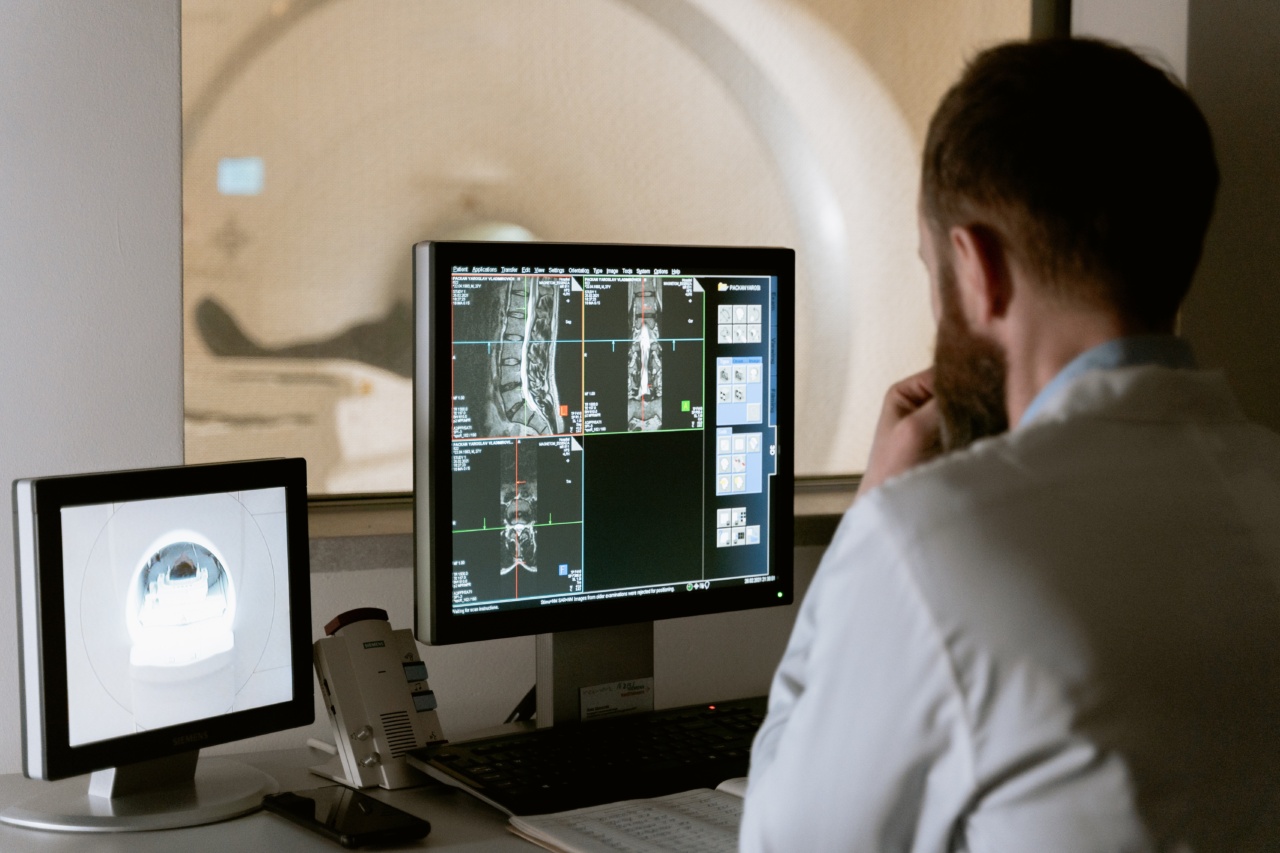Bone health is essential for overall well-being and quality of life. It not only determines our ability to move and perform daily activities but also protects vital organs and provides support for the body.
Achieving and maintaining optimal bone health involves various factors, including nutrition, exercise, and lifestyle choices. However, one critical aspect that significantly influences bone health is hormones.
Hormones and Bone Density
Bone density refers to the amount of minerals, mainly calcium and phosphorus, present in bone tissue. It determines bone strength and the risk of fractures. Hormones play a crucial role in regulating bone density throughout life.
Estrogen, the primary female sex hormone, is particularly important for maintaining bone density in women. During menopause, when estrogen levels decline significantly, women experience an accelerated loss of bone mass.
This decline in bone density often leads to a condition called osteoporosis, characterized by weak and fragile bones.
While estrogen has a more significant impact on bone health in women, testosterone, the primary male sex hormone, also plays a role in maintaining bone density.
Low levels of testosterone in men can lead to decreased bone density and an increased risk of osteoporosis.
Hormones and Bone Metabolism
Bone is a dynamic tissue that undergoes constant remodeling through a process called bone metabolism. Hormones play a crucial role in regulating the balance between bone resorption (breaking down old bone) and bone formation (building new bone).
Parathyroid hormone (PTH) and calcitonin are two hormones that work in a delicate dance to maintain optimal bone metabolism. PTH promotes the release of calcium from bones, increasing blood calcium levels.
This hormone is especially important during periods of low blood calcium levels. On the other hand, calcitonin helps decrease blood calcium levels by inhibiting bone breakdown and promoting calcium deposition into bones.
The Role of Vitamin D
Vitamin D, often referred to as the “sunshine vitamin,” plays a vital role in bone health. It enhances calcium absorption in the intestines, regulates calcium and phosphorus levels in the blood, and promotes bone mineralization.
Specifically, vitamin D helps the body maintain adequate levels of calcium and phosphorus, which are essential for building and maintaining strong bones.
A deficiency in vitamin D can lead to weakened bones, increased risk of fractures, and conditions like rickets in children or osteomalacia in adults.
Hormones and Osteoporosis
Osteoporosis is a condition characterized by low bone mass and structural deterioration of bone tissue, leading to bone fragility and an increased risk of fractures.
Hormonal changes play a significant role in the development of osteoporosis, making it more common in postmenopausal women and older individuals.
Estrogen deficiency during menopause is a leading cause of osteoporosis in women. The decline in estrogen levels accelerates bone loss, particularly in the first few years after menopause.
In men, age-related decline in testosterone levels can also contribute to the development of osteoporosis.
Natural Strategies to Improve Bone Health
While hormonal changes are inevitable, there are several strategies individuals can adopt to improve bone health naturally and minimize the risk of osteoporosis:.
1. Balanced Diet
A well-balanced diet rich in calcium, vitamin D, and other essential nutrients is crucial for maintaining healthy bones. Good sources of calcium include dairy products, green leafy vegetables, and fortified foods.
Vitamin D can be obtained through sun exposure, fortified foods, and supplements.
2. Regular Exercise
Weight-bearing exercises, such as walking, jogging, or dancing, help strengthen bones and improve bone density. Resistance exercises, such as weightlifting, are also beneficial for building and maintaining bone mass.
3. Avoidance of Harmful Habits
Limiting alcohol consumption, avoiding smoking, and reducing the intake of caffeine can help preserve bone health.
Excessive alcohol consumption, smoking, and high caffeine intake have been linked to decreased bone density and increased risk of fractures.
4. Hormone Replacement Therapy (HRT)
Hormone replacement therapy, specifically estrogen therapy for postmenopausal women, can help slow down bone loss and reduce the risk of fractures. However, HRT is not suitable for everyone, and it carries potential risks.
It is essential to discuss the benefits and risks with a healthcare professional.
5. Adequate Sun Exposure
Because vitamin D synthesis primarily occurs in the skin upon exposure to sunlight, spending time outdoors can help maintain optimal vitamin D levels. However, it is essential to balance sun exposure to minimize the risk of skin damage and skin cancer.
6. Regular Bone Density Testing
Regular bone density testing, such as a dual-energy X-ray absorptiometry (DXA) scan, can help monitor bone health and detect any significant changes early on. It allows for timely interventions and appropriate management strategies if needed.
Conclusion
Understanding the link between hormones and bone health is crucial for maintaining optimal bone density and preventing conditions like osteoporosis. Hormones play a significant role in regulating bone density and bone metabolism throughout life.
Hormonal changes, particularly estrogen deficiency during menopause, significantly contribute to bone loss and the development of osteoporosis. By adopting natural strategies like a balanced diet, regular exercise, and avoiding harmful habits, individuals can improve bone health and reduce the risk of fractures.
It is important to consult with healthcare professionals for personalized advice and appropriate management strategies.































